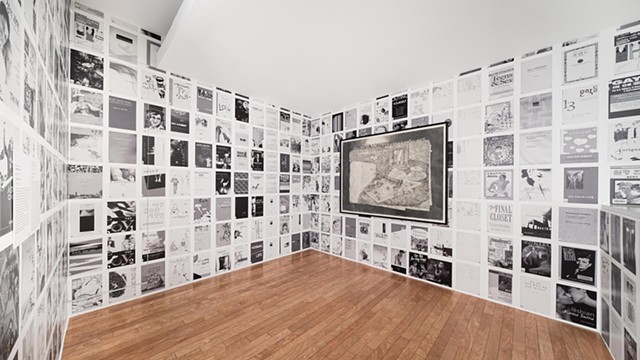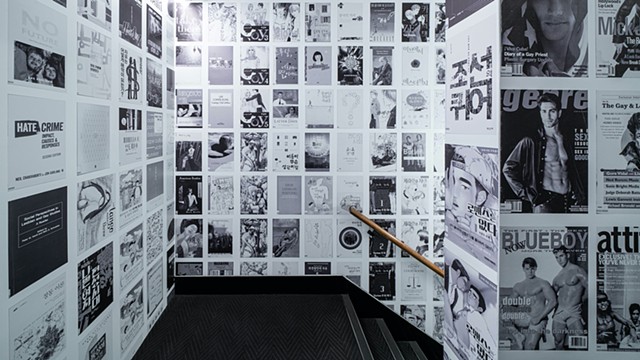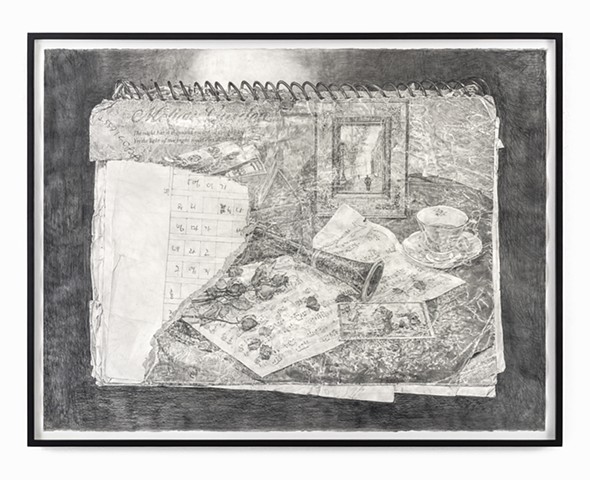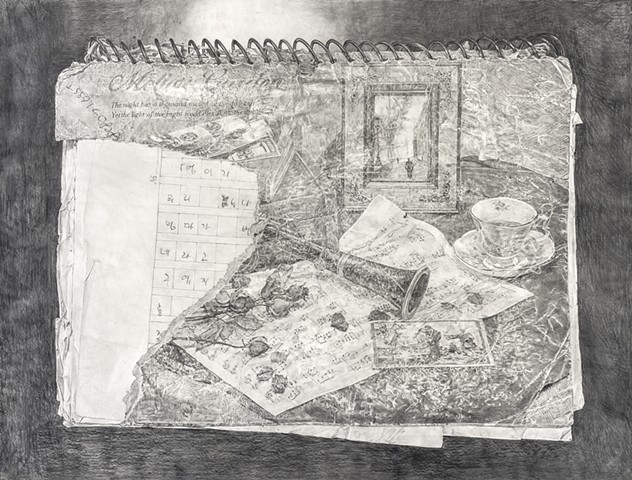Covers (QueerArch) (2020)
No Space Just A Place at Daelim Museum (curated by Myriam Ben Salah)
commissioned by Gucci International
Esquire Korea interview (by Park Sehoi)
City Magazine HK interview
Men's Folio Malaysia interview
ArtReview
NOWNESS
Wallpaper* (by Andy St. Louis)
i-D (by Douglas Greenwood)
Harper's Bazaar
Madame Figaro Hong Kong interview
AnOther Magazine
Vogue Hong Kong
Vogue Italia
Elle Hong Kong
L'OFFICIEL Italia
AD Italia
Vulture Magazine (by Clifford Loh)
Centering on QueerArch’s archival collection, Covers (QueerArch) explores multiple histories of the Korean queer community for the past four decades. The project will present a wall installation of book covers from QueerArch’s publication collections along with a graphite drawing. The installation offers an alternative view of the queer community and its history in Korea honoring personal narratives that have been marginalized by the mainstream history and new ways to inherit the memories of the past. Covering entire wall spaces of Daelim Museum’s staircase, approximately 1,500 covers of books and magazines were scanned from QueerArch’s collection commemorate the invisible memories of queer lives in Korea that have been sustained and preserved by the care of many different generations of activists, scholars, and artists.
QueerArch (also known as the Korea Queer Archive) was established in 2002 with a donated collection from BUDDY, one of the first queer magazines in Korea. It remains the only public archive focused on queer history and culture in the country. Currently located in the Mangwon-dong area of Seoul, its collection includes thousands of publications/documents, over 700 films from the Seoul Queer Film Festival and hundreds of artifacts.
In addition, a large-scale graphite drawing depicting a diary will accompany the wall installation. The diary was donated by a transgender woman in 1998 who visited the office of BUDDY. She had been introduced to the magazine through a popular night-time TV program months before. The collection of materials is full of hardship in life, self-hatred, hopes of transitioning, and also include multiple drawings by the donor, mostly self portraits of the body she desires to have. Through the labored process of drawing, I attempt to create conversations on re-emphasization ad re-imagination of QueerArch’s collection.




